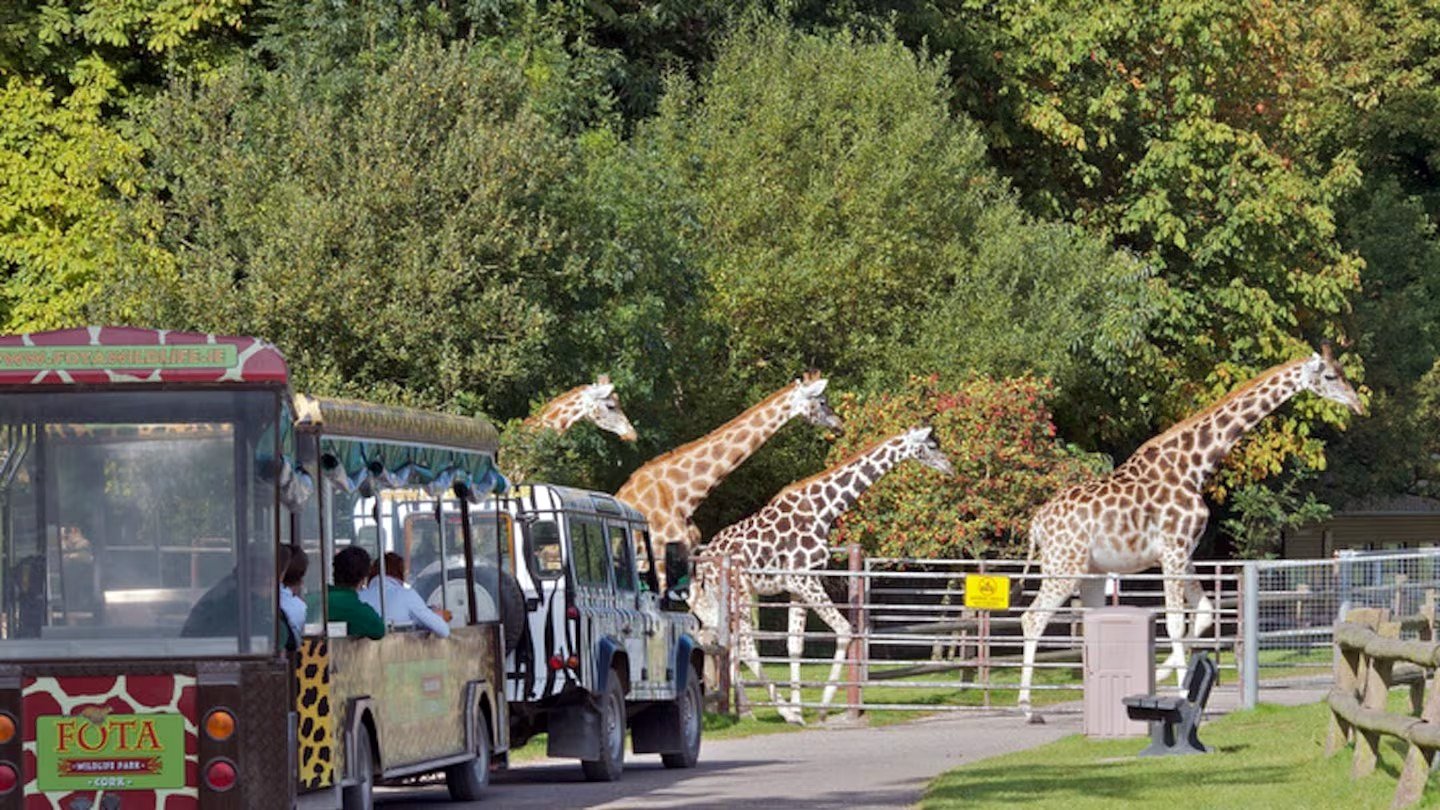Eurasian Otter (Lutra lutra): A Semiaquatic Marvel
The Eurasian otter (Lutra lutra) is a fascinating mammal that roams the waterways and coasts of Europe, parts of Asia, and northern Africa. Known by various names such as the European otter, Eurasian river otter, common otter, and Old World otter, this semiaquatic marvel is the most widely distributed member of the otter subfamily within the weasel family.
© Cloudtail the Snow Leopard
Red List Status: Near Threatened
The Eurasian otter is classified as near-threatened on the Red List due to various threats such as pollution, poaching, habitat loss, accidental trapping, and roadkill.
Aliases: Old World Otter, River Otter
The Eurasian otter goes by different names, reflecting its widespread presence in various regions.
Predators and Threats
Predators of the Eurasian otter include birds of prey, crocodiles, and dogs. However, the biggest threats to their survival are human-induced factors like pollution and habitat destruction.
Size and Diet
Adult Eurasian otters typically measure between 102-138 cm in length, with their diet primarily consisting of fish (80%), supplemented by birds, small mammals, and frogs.
© Vasco Flores Cruz
Reproduction and Home Range
The gestation period of Eurasian otters lasts around 9 weeks, after which they give birth to 2-3 cubs. Their home range varies depending on their habitat, with river otters claiming territories of 20-30 kilometers and coastal otters covering 4-5 kilometers.
Behavior and Habitat
The elusive Eurasian otter boasts one of the widest distributions among palearctic mammals, spanning from Ireland to China and Southeast Asia. Unfortunately, its population is declining in unprotected regions. However, a remarkable resurgence occurred in the British Isles since the 1980s due to reduced pollution levels and protective measures.
Diet
These playful otters have diverse tastes, including fish, crustaceans, amphibians, reptiles, birds, eggs, insects, and worms. They are primarily nocturnal and inhabit freshwater environments. Some Scottish Isles otters even forage during the day in the sea, later rinsing their salt-laden fur in freshwater pools.
Social Structure
While typically solitary, Eurasian otters occasionally form family groups consisting of a mother and her offspring.
Territorial and Adaptive
Territorial Behavior: These otters fiercely defend their territories, marking boundaries with scent markings.
© Peter Trimming
Coastal vs. River Otters
Coastal otters patrol smaller areas (around 3-4 km), while river-based otters cover territories nearly ten times larger.
Breeding and Cubs
Males interact with females mainly during breeding. Females raise cubs for 12-15 months, prioritizing younger offspring when new cubs arrive.
Appearance
Eurasian otters exhibit a striking appearance: Brown fur above and cream-colored below Long, slender bodies adapted for aquatic life Osteosclerosis in their bones reduces buoyancy Unique features distinguish them from North American river otters: shorter necks, broader faces, greater ear spacing, and longer tails.
© Alessio Di Leo
Conservation Efforts
Due to the various threats that Eurasian otters face, conservation efforts are crucial to ensure their survival. Conservationists work tirelessly to protect their habitats, combat pollution, and raise awareness about the importance of preserving these incredible creatures.
Feel free to share this article to raise awareness about the fascinating Eurasian otter!
Search the blog:






















